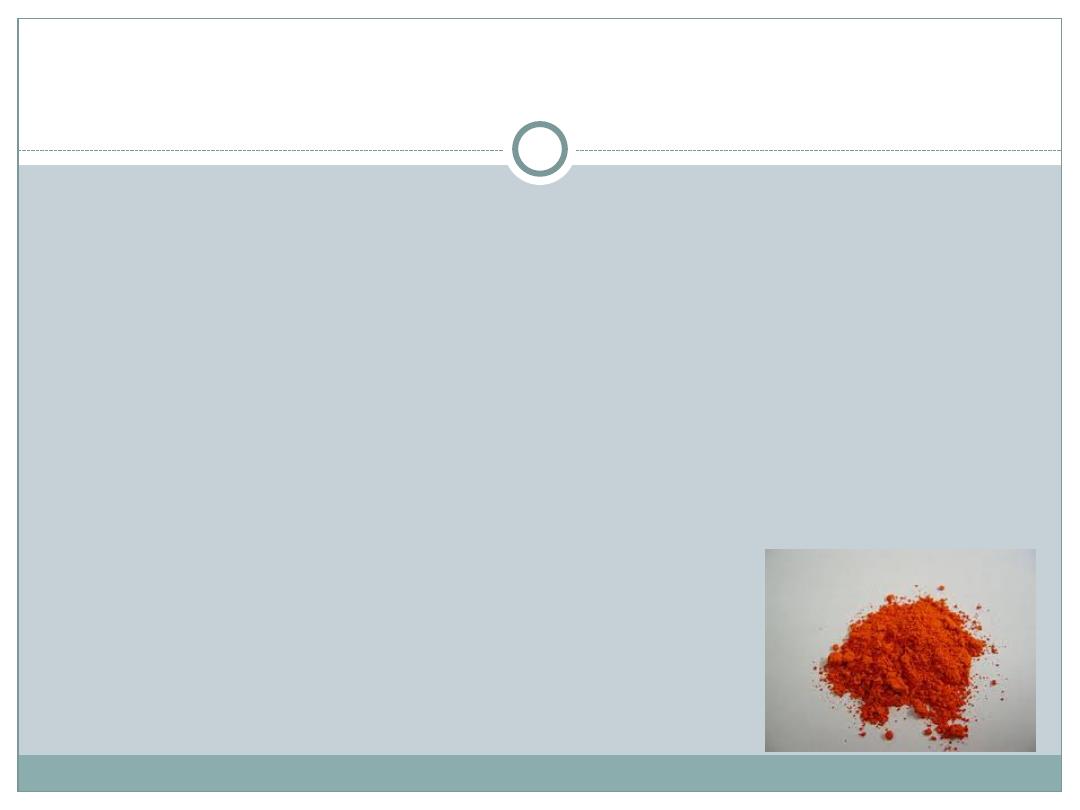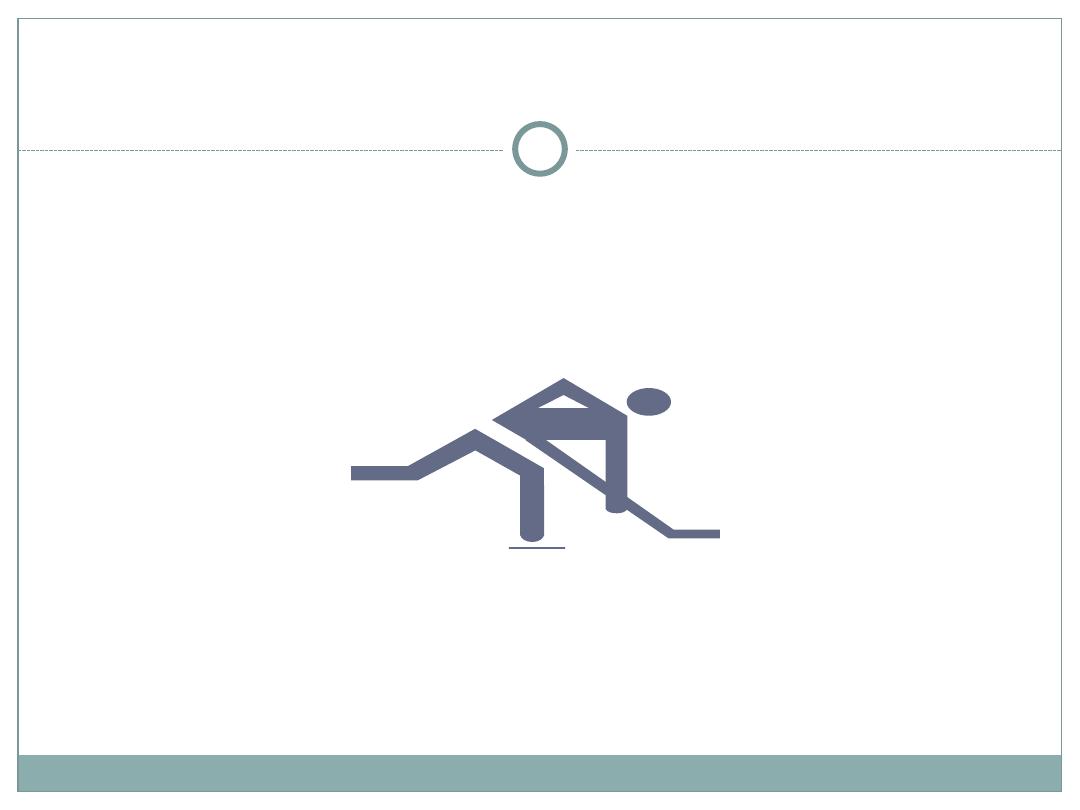
Occupational Lead
Exposure
By
Ashraf Hussain
Msc. Community Medicine

What is Lead?
●
Lead is a blush gray metallic element which occurs
naturally (in small amounts) in the earth’s crust but
it is ubiquitous, especially in modern industry.
●
It is a malleable metal, so it can be easily worked
●
It is dense, hence its use as a ballast, ammunition, or
radiation shield.

●
Metallic lead is tasteless and odorless, although some
of the oxides and salts of lead taste sweet. (This sweet
taste of lead salts is a source of problems for
children!).
●
Lead is insoluble in water, but some salts are soluble.

Significant Health Characteristics of Lead
Lead has a low melting point and can easily be
aerosolized by heating.
Lead can be formed into organic compounds by some
organisms, and some organic compounds (such as
“leaded gasoline”) have industrial uses.

USES OF Pb
Batteries
Automobile radiators
Cable coating
Brass and bronze Production
Radiation shielding
Construction
Ammunition
Printing
Plating
Paint
Plastics
Soldering
Television electronics
Petroleum Insecticides

Unusual oral sources of lead:
●
Ceramic vases, art pottery and Lead
crystal glass used to contain fruit and
alcohol products.
●
certain cosmetics applied to hands or
face
●
Some folk medicines (Azarcon, Greta
and Ghasard) 90% contain lead.

Lead Paint
●
Lead improves paint both as a pigment and as a
binder. Lead paint “sticks” (both penetrates into and
coats the painted surface) very well.
●
Furthermore, lead is a surface biocide, and
protects against some kinds of microbial
overgrowth.

How does lead enter the body?
1.
Respiratory
●
Respiratory exposure is more commonly the
primary route in adults, while ingestion is
often most important in children.
●
Breathing in dust that contain lead.
●
Lead absorbed and distributed to other parts
of the body via the bloodstream.

●
An interesting aspect of the absorption of ingested lead
is how it can vary depending upon metabolic status.
●
Adult may absorb 6% of an ingested lead dose and a
fasting one might absorb more.
●
Children, even when well fed, may absorb 30% of a
lead dose, and still more when iron deficient.
●
Pregnant women are also likely to absorb lead more
efficiently.
●
Lead is more likely to be absorbed when the gut is
“primed” to absorb Fe++ and Ca++ as in children,
pregnants and deficient individuals.
2.
Ingestion

3. Skin
Skin is relatively impervious to lead, lead oxides , or
lead salts.
Some may get through scrapes or wounds.
Organic leads (such as in leaded gasoline), will go
through skin into the blood stream quite well,
taken up into organs more rapidly, they are very
dangerous

Pathophysiology according to the mode of administration
●
Lead, lead salts, lead oxide, all have same
toxicity (whether inhaled or ingested),
but
●
more is absorbed when inhaled.
●
Organic lead has a greater affinity for CNS
– therefore skin absorption (organic leads)
may be the most SERIOUS

1.
Lead is rapidly absorbed into the bloodstream via any
route of entry. Some is incorporated into the building of
hemoglobin molecules in red cells.
2.
It then travels to “soft tissue” such as kidneys, lungs,
brain, spleen, muscles, and heart.
This occurs within a
matter of days
3.
After several weeks,
most lead which is not excreted by
urine (primary route), feces, or exocrine secretions
(including breast milk) moves into the long term
storage area, bones (and teeth).
4.
Lead in bones and teeth equilibrates over time and
circumstance with other “compartments”.
5.
Some lead is also found in hair.
Lead Metabolism (Uptake and Distribution)

Health effects of lead poisoning
●
Lead inhibits certain types of enzymes,
Particularly enzymes dependant upon Sulfhydryl
(SH) groups.
●
Interference with the synthesis of heme in the red
cell.
●
There is also competition with calcium in several
systems including mitochondrial respiration and
degradation of various nerve cell functions.
●
Lead also affects RNA and DNA, but still unclear
mechanisms.

Health effects of lead poisoning
The toxicity comes from its ability to mimic other
biologically important metals - calcium, iron and zinc
and to interact with proteins
- Organ systems affected include:
Neurologic Endocrine
Reproductive
Musculoskeletal
Blood
Renal
GI tract

Lab tests to blood lead
●
The main tool to detect elevated levels of body lead is to
measure the level of lead in blood samples.
●
This test gives however only an account of lead present in
circulating blood but cannot show how much lead is
stored in the body.
●
As of 2012, the Centers for Disease Control and
Prevention (USA) have set the standard elevated blood
lead level for adults to be 10 µg/dL and for children 5 µg/
●
Whole body lead can be measured in bones noninvasively
by X-ray fluorescence; this may be the best measure of
cumulative exposure and total body burden

●
Organic lead is perhaps more toxic than inorganic lead
because of its lipid soluble nature, which results in rapid
consequences.
●
Blood lead levels from 25 and 60 µg/dL give rise to
neuropsychiatric effects such as delayed reaction times,
irritability, and difficulty in concentrating, as well as slowed
down motor nerve conduction and headache.
●
Anaemia may appear at blood lead levels higher than 50 µg/
dL.
●
In adults, abdominal colic, involving paroxysms of pain,
may appear at blood lead levels higher than 80 µg/dL

●
High blood lead levels which exceed 100 µg/dL
cause very severe manifestations, like signs of
encephalopathy accompanied by increased pressure
within the skull, delirium, coma, seizures, and
headache.
●
Children with chronic poisoning generally show
aggressive behaviour and refuse to play.

Peripheral Neuropathy
Distal Symmetric Axonal Polyneuropathy:
Wrist Drop
ankle weakness
Foot Pain
Joint Pain
↓Dexterity

Lead and the Kidney
Acute and Chronic Disease
1.
Lead nephropathy (Fanconi syndrome) is
characterized by dysfunction of proximal tubules
(
aminoacidura, glucosuria, phosphaturia with
increased sodium excretion
, and deceased uric acid
excretion.
2.
Chronic kidney disease may also arise, sometimes
associated with gout.

P
ermissible
E
xposure
L
imits
The permissible exposure limit (PEL) for an 8 hour
time weighted average (TWA) exposure to airborne
lead is 50 micrograms per cubic meter (50µg/m
3
)
of air.

A
ction
L
evel
The action level (AL) for an 8 hour TWA exposure
to airborne lead is 30 µg/m
3
of air (without regard to
respirator use).
Action levels are used by OSHA and NIOSH the level of
a harmful or toxic substance/activity which requires
medical surveillance, increased industrial hygiene
monitoring, or biological monitoring.
ACTION
LEVEL

“Preventing Lead Poisoning in
Young Children
”
Initial Test (12 months)
Surveillance Strategy
<10 µg/dl
Repeat at 24 months
10-14 µg/dl Retest in 1-3 months
>15 µg/dl Individual Case Management

Medical Surveillance for Adult Workers
When: Exposure above “action level”
What: Triggers periodic exams and biologic monitoring
(including blood level)
Removal threshold: Workers should be removed when
the blood lead is >50µg/dl
Repeat testing: Monthly, depending on lead level

Adult Return to Work
●
Lead poisoned workers can return to the workplace
when blood lead is <40 µg/dl.
●
Symptomatic workers should remains out of the
workplace even at lower levels.
●
Workers whose blood lead is near 40 µg/dl are most
likely to be able to remain in the workplace if they can
perform modified duty without lead exposure.

●
Chelation is an adjunct to the real treatment in
lead poisoning.
●
For children and adults, the real treatment is to
decrease exposure
.
●
What chelation can do is speed up the process of
reducing the lead in circulating blood.
●
Chelation is much less effective at attacking bone
stores;
●
a single chelation treatment (for example 5 days
of I.V. EDTA) mobilizes much less than 10% of
whole body lead burden.
Treatment of Lead Poisoning-Chelation

●
The reason to chelate are to reduce symptoms or
physical findings, or because there is legitimate
fear of untoward outcomes (such as seizure).
●
The advantages of a quick drop in circulatory
blood lead must be weighed against possible
complications of chelation such as kidney
damage or arrhythmia or even increased blood
lead if exposure persists.

So Chelation Therapy
●
For symptoms, or physical findings.
●
May prevent dread acute consequences- seizure
●
No longer believed to protect CNS in
asymptomatic children
●
Must be considered in light of possible
complications- kidney damage and arrhythmia.
●
Will cause increased lead absorption if exposure
persists.

Choice of Chelation Agents
Outpatient: oral Succimer
1050 mg/m²x 7 days
then 700 mg/m²x14-19 days
Inpatient: CaNa² -EDTA 1000 –1500 µg/m²/dx 5 days

Prevention of Lead Poisoning
Prevention of lead poisoning is a superior
public health measure; medical treatment alone
is disappointing.
The key to treatment is cessation of exposure,
and the public health need is to consider and
find other possible victims.

some effective primary prevention measures, such
as removing lead from gasoline.
Where lead is already in the environment, we have
relied on secondary prevention measures such as
medical surveillance, rather than taking the
expensive primary route of attacking the presence
of lead by removal.
This strategy has been partially effective.

Thanks
